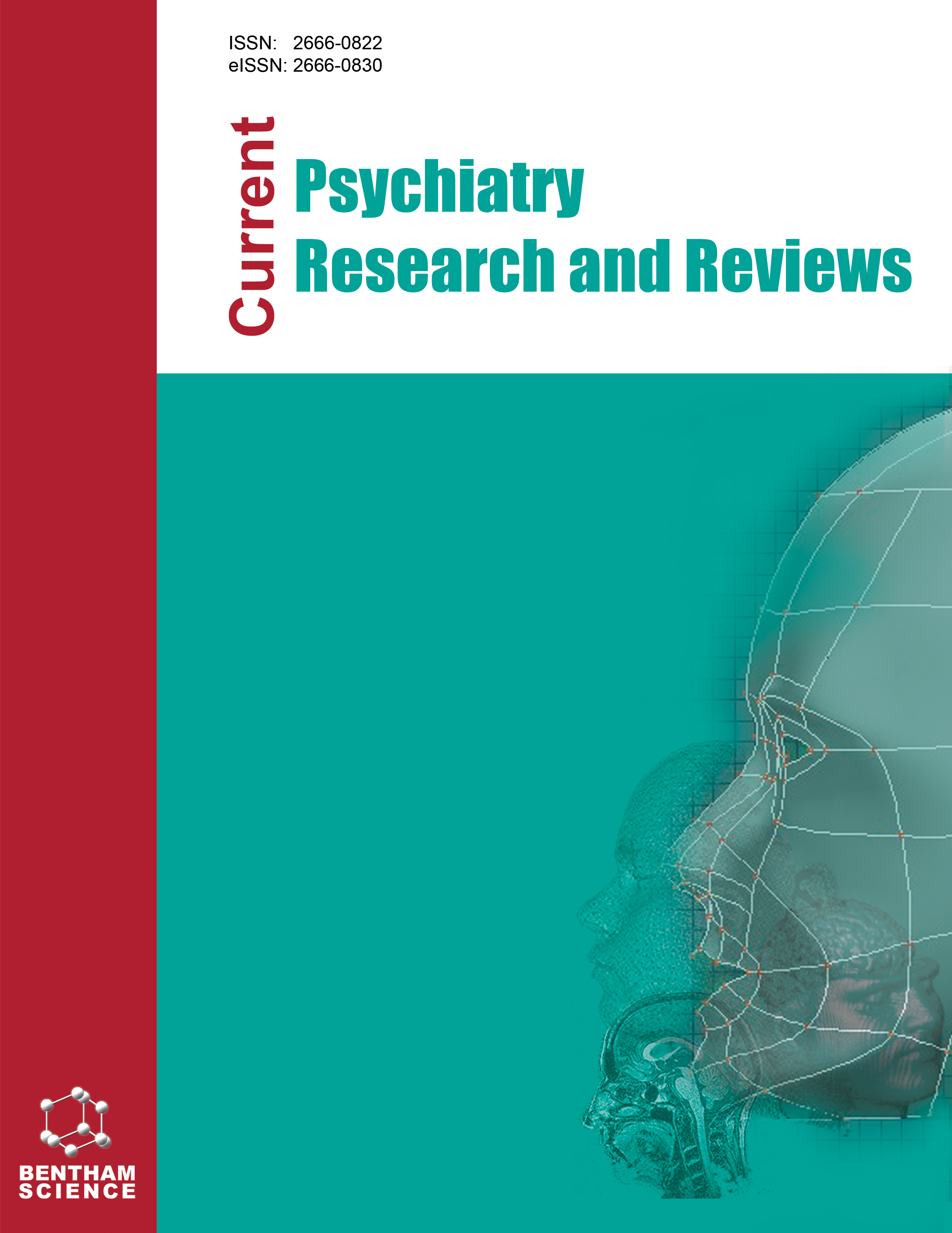
Full text loading...

Obsessive-compulsive Disorder (OCD) with transformation obsession is a rare psychiatric disorder that can pose various diagnostic difficulties and treatment challenges. Scientific research focusing on this disorder in adolescents is scarce. In this work, we present the case of a teenage girl who was treated for severe OCD with transformation obsession. The psychiatric management of this adolescent was performed on an outpatient basis and took place in the juvenile department at Saint Ylie Hospital (France). We hope that our work will add to the existing data on the psychiatric management of this condition in adolescents. In this work, we used the Diagnostic and Statistical Manual of Mental Disorders 5th version for the evaluation of psychiatric disorders and the Children's Yale-Brown Obsessive Compulsive Scale (CY-BOCS) to assess the severity of symptoms.
The patient (13 years old) experienced persistent, intrusive, and distressing ideas about transforming into another person. Despite knowing how unreal these ideas were, she feared they would come true. She had rituals that she felt compelled to carry out to help her manage her worries temporarily. She also experienced involuntary non-rhythmic movements of the facial muscles simultaneously. The patient was diagnosed with OCD with good insight and comorbid tics. Initially, the total CY-BOCS score was 40/40. Psychosis was considered a differential diagnosis due to the atypicality of the clinical manifestation, but it was ruled out after a thorough clinical evaluation. Psychotherapeutic management was not possible before adequate pharmaceutical treatment was started because of invasive and distressing symptoms. The pharmacological management led to the administration of a combination of fluoxetine at a dose of 40mg with olanzapine at a dose of 5mg after a partial response to fluoxetine alone. Weekly individual Cognitive Behavioral Therapy (CBT) was started as soon as the adolescent's condition allowed and included psychoeducation, muscle relaxation techniques, cognitive restructuring, Exposure and Response Prevention (ERP), self-affirmation work, and relapse prevention. At the same time, parents also benefited from psychoeducational interventions. The evolution was marked by total clinical remission and clear psychometric improvement. The total CY-BOCS score ranged from 40/40 to 07/40 after 5 months of CBT. No adverse effects were reported throughout the treatment.
This case shows the possibility of unusual and severe OCD in adolescents. It also highlights the importance of careful diagnosis so as not to be mistaken and consider it a psychosis. The management of this type of OCD requires the combination of two pharmacological treatments before starting individual CBT and psychoeducational intervention for parents. This combination allows a complete clinical remission after a few months. It is preferable that further clinical trials be conducted to protocolize the management of this type of OCD.